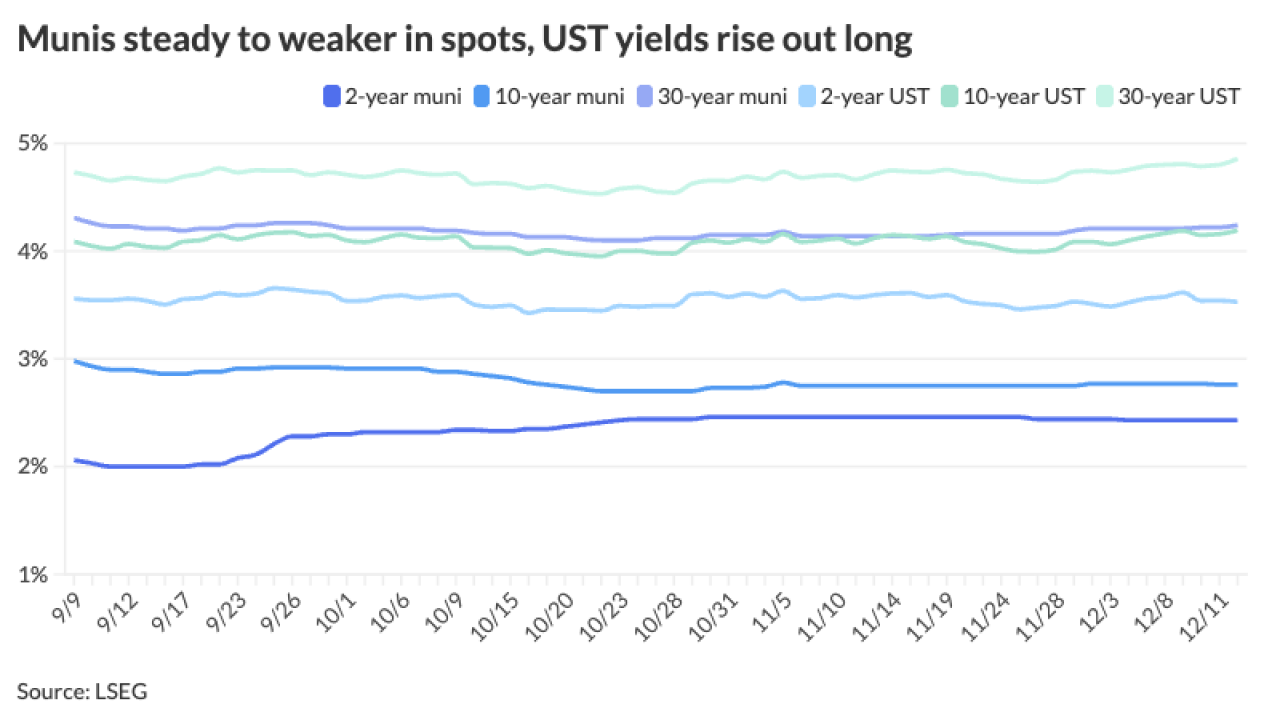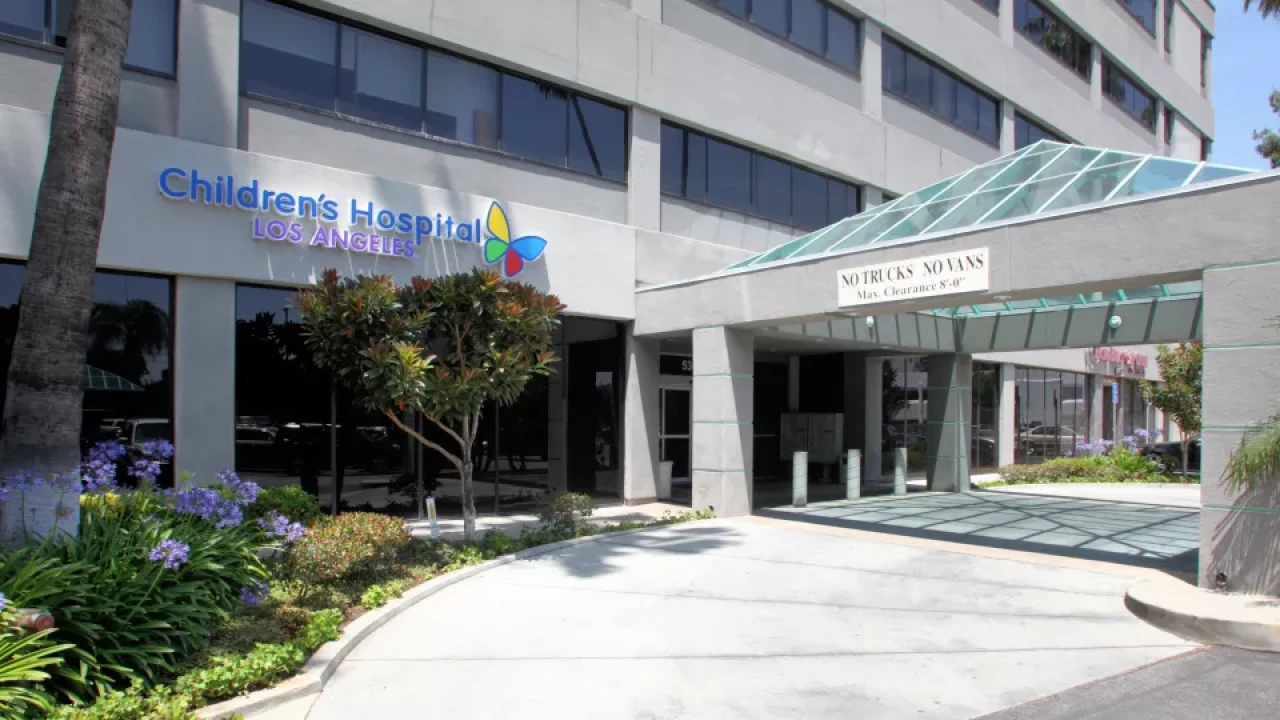
President Donald Trump's relentless calls for dramatic reductions in interest rates, along with his ability to make changes to the Federal Reserve's leadership, is drawing more attention to the way monetary policy decisions are made — and the people who make them.
A close look at that group — barring additional surprise departures from the Fed — suggests the president probably won't get the outsize rate cuts he wants in 2026.
Fed Governor Adriana Kugler announced last week she'll resign on Aug. 8, five months before her term was set to run out. Trump said he expects to name a replacement in the coming days. Whomever he chooses will likely be in the running to lead the US central bank when Jerome Powell's term as chair expires in May, and could set the tone for what the Trump administration wants from monetary policy.
But even if the new chair agrees with Trump that borrowing costs should be much lower, changing them will require a majority on the central bank's Federal Open Market Committee. Former Fed officials and staffers say that means arguments must be based on the economy, not politics.
"Whoever is in that role as chair, their job is to build consensus among the other voters," said Loretta Mester, former president of the Cleveland Fed. "And it'll have to be a sound, economical rationale."
The importance of building support for a decision was on display last month, when Fed officials voted 9-2 to leave their benchmark rate unchanged. Fed Governors Christopher Waller and Michelle Bowman — both Trump appointees — dissented in favor of a quarter-point cut. Waller and Bowman said the Fed should provide more support to a slowing labor market, but most officials, including Powell, remained wary of tariff-driven inflation.
Fed chiefs are traditionally given significant deference by other policymakers in pursuing consensus, so long as they have the committee's respect.
"If the new chair is perceived as political or aligned with the administration, they may not be granted that trust immediately," said Marc Giannoni, chief U.S. economist at Barclays Capital and former research director at the Dallas Fed.
All 19 policymakers participate in discussions about the economy and monetary policy, but only 12 officials vote. The seven Fed governors in Washington always vote, along with the president of the New York Fed. The remaining four votes are rotated each year among the presidents of the 11 other regional Fed banks.
If Powell resigns from the board when his chairmanship ends in May 2026, as is customary, that will give Trump another opening to fill, in addition to Kugler's seat. Powell's term on the board doesn't officially expire until 2028.
Replacing both Kugler and Powell would make four of seven governors Trump appointees. It's not guaranteed that all would automatically take direction from the president, though it could give the new chair a head start, Fed watchers say.
"If you have four governors all lined up on one side, that gives the chair quite a bit of momentum to get his or her way," William Dudley, a former president of the New York Fed, said Monday on Bloomberg TV. "But I think the Federal Reserve presidents are going to vote their conscience in terms of what's right for the macroeconomy." Dudley is a Bloomberg Opinion contributor.
While Trump has been calling for lower rates for months, Bowman and Waller backed holding rates steady — and voted in favor of such moves — through June. Waller, whose name has been floated as a potential successor for Powell, has also been a staunch defender of central bank independence.
The other members of the board — Governors Michael Barr, Lisa Cook and Vice Chair Philip Jefferson, are generally viewed as neutral voices on rates. All three were appointed by former president Joe Biden.
"They will be very focused on the fundamentals, and they could be a bit of resistance if the new members of the FOMC seem to be more influenced by political desire," said Kathy Bostjancic, chief economist for Nationwide.
Aside from New York Fed President John Williams, the regional presidents voting next year will be Cleveland's Beth Hammack, Dallas Fed chief Lorie Logan, the Minneapolis Fed's Neel Kashkari and Philadelphia's Anna Paulson.
Williams, who is also vice chair of the FOMC, has often backed Powell and is viewed as a centrist. He said last week he would go into the September policy meeting with "very much an open mind" about lowering rates, and described the labor market as "still solid" after gradually cooling over the past year.
Hammack, who voted against a rate cut in December, only her third meeting as a policymaker, has shown cautiousness over inflation and a willingness to publicly disagree with her colleagues. She said Friday that while the jobs report was "disappointing," she still had confidence in the Fed's decision to keep rates steady last week and believes officials are further from their inflation goal than their employment target.
Logan took the helm at the Dallas Fed in 2022 after more than two decades on the markets desk at the New York Fed, where she oversaw management of the Fed's balance sheet. She said in July that officials should hold rates steady for a while longer to bring inflation closer to the 2% target.
Kashkari, who previously worked for the Treasury Department under George W. Bush and Barack Obama, oversaw the Troubled Asset Relief Program (TARP) during the financial crisis. He said last week that the Fed is committed to making decisions based on the best data.
Paulson, who started in the role in July and will be voting as a policymaker for the first time next year, was previously the director of research at the Chicago Fed, where she worked since 2001. Her career as an economist will make her more prone to taking an analytical approach to policy decisions, said Mester.
"All four of the voters coming in are particularly attuned to financial markets and would be particularly sensitive to any indication that the Fed's credibility is at risk," said Julia Coronado, founder of the research firm MacroPolicy Perspectives and a former Fed economist.
Projections released in June showed 10 officials predicted at least two cuts in 2025. Those in favor of lowering rates this fall could grow after the July jobs report revealed a weaker labor market than previously thought. Additional deterioration could swing the committee in favor of more cuts.
But if the new chair is unable to achieve consensus, it could lead to votes even more deeply split – a dynamic that hasn't been seen in decades. That could raise doubts in financial markets about the central bank's direction and its ability to manage inflation, potentially leading to higher long-term interest rates, said Mester.
Waller has also nodded to those financial risks. If the next chair lacks credibility with markets, "you're going to see inflation expectations spike," Waller said in a July interview with Bloomberg TV. "You will not get lower interest rates. You will get higher interest rates."





